Have you wondered how tapping heat from beneath the ground could change the way you heat, cool, and power your buildings?
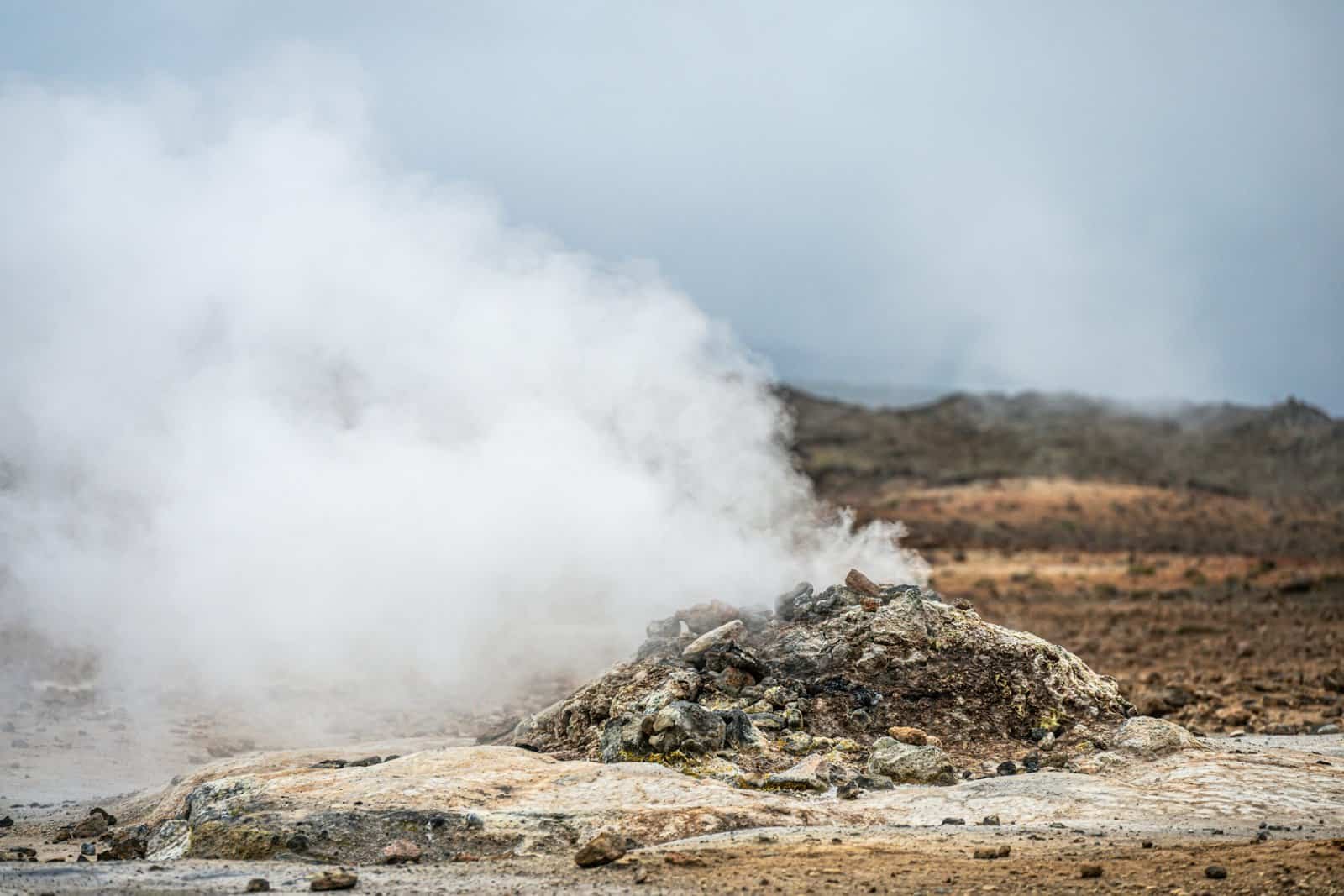
What Are The Advantages Of Geothermal Wells?
Geothermal wells let you access the Earth’s natural heat for heating, cooling, and electricity generation. In this article you’ll learn the many advantages of geothermal wells — environmental, economic, operational, and social — plus practical considerations so you can decide whether they’re right for your situation.
What is a geothermal well?
A geothermal well is a borehole drilled into the Earth to access heat stored under the surface. That heat can be used directly for space and water heating or converted to electricity at utility scale.
You’ll encounter different types of geothermal wells depending on the resource depth and intended use. Shallow systems often serve heating and cooling, while deep wells tap high temperatures for power generation.
Types of geothermal systems
There are several classes of systems you may encounter, each suited to different needs and sites. Understanding the main types helps you match the right system to your goals.
- Shallow ground-source heat pumps (closed-loop or open-loop) — used for building heating and cooling.
- Hydrothermal systems — use naturally occurring hot water or steam for power plants and direct-use applications.
- Enhanced Geothermal Systems (EGS) — engineered reservoirs that improve permeability in hot rock to create a reservoir where none naturally exists.
- Binary, flash, and dry-steam power plants — technologies used to convert geothermal heat to electricity depending on fluid temperature and phase.
| System type | Typical depth | Main use | Advantage summary |
|---|---|---|---|
| Shallow closed-loop heat pump | 10–400 ft (3–120 m) | Space heating/cooling, hot water | Efficient, low-emissions HVAC for buildings |
| Open-loop groundwater system | Varies | HVAC, direct use | Simple, efficient where water quality and availability allow |
| Hydrothermal (production wells) | Hundreds to thousands of ft | Electricity, district heating | High-temperature resources suitable for power generation |
| Enhanced Geothermal System (EGS) | Thousands of ft | Electricity | Expands geothermal potential beyond natural reservoirs |
| Binary/flash/dry-steam plants | Varies by resource | Utility-scale power | Flexible power conversion depending on resource |
Environmental advantages
Geothermal wells offer several environmental benefits that can reduce your carbon footprint and limit local air pollution.
You’ll lower greenhouse gas emissions compared with fossil-fuel heating and many electricity sources. For heating and cooling, geothermal heat pumps typically produce much fewer CO2 emissions per unit of energy delivered than gas or oil systems.
Low greenhouse gas emissions
Because geothermal systems move heat rather than burn fuels on-site, you’ll usually produce far fewer CO2 emissions. When the electricity used to run pumps and compressors is low-carbon, the system’s lifecycle emissions become very small.
You’ll continually benefit from reduced operational emissions, especially if you pair geothermal with renewable grid electricity.
Reduced air pollutants
Using geothermal eliminates on-site combustion, so you avoid emissions such as NOx, SOx, particulate matter, and VOCs that can worsen local air quality. That’s particularly important in densely populated or pollution-sensitive areas.
Minimal visual and land impact
Geothermal wells and power plants typically require less surface land than utility-scale solar or wind farms for the equivalent continuous power output. Much of the environmental footprint is underground and in equipment enclosures, which keeps surface landscapes more intact.
Economic advantages
Geothermal systems often deliver long-term financial benefits through lower energy bills, stable operating costs, and long equipment life. You’ll need to balance higher upfront costs against predictable, reduced operational expenses.
The economics depend on the system type, local energy prices, incentives, and specific site conditions, but many owners find payback periods acceptable and returns worthwhile over the system’s lifetime.
Lower operating and energy costs
Geothermal heat pumps can be two to four times more efficient than conventional heating systems because they move heat instead of producing it by combustion. That efficiency translates into lower monthly energy bills for heating and cooling.
For power generation, geothermal plants provide continuous baseload electricity, which can have competitive levelized costs compared with intermittent renewables when capacity factors and avoidable ancillary costs are considered.
Price stability and hedge against fuel volatility
Because geothermal relies on a stable underground heat source, your long-term operating costs are less sensitive to fuel price swings. That stability makes budgeting easier and reduces exposure to volatile fuel markets.
Long lifespan and asset value
Well-constructed geothermal wells and properly maintained systems can last decades. You’ll typically see ground loops with life expectancies of 50+ years and wells for power generation that can operate for 20–30+ years with appropriate maintenance. That durability spreads your capital cost over many years.
Incentives, tax credits, and financing
Many jurisdictions offer incentives — tax credits, rebates, grants, or favorable loans — to reduce upfront costs for geothermal installations. You should check federal, state, and local programs that may significantly improve project economics.
| Economic factor | How it helps you |
|---|---|
| Higher efficiency | Lower annual energy bills |
| Long component life | Better long-term ROI |
| Stable fuel source | Predictable operating costs |
| Policy incentives | Reduced upfront expense and faster payback |
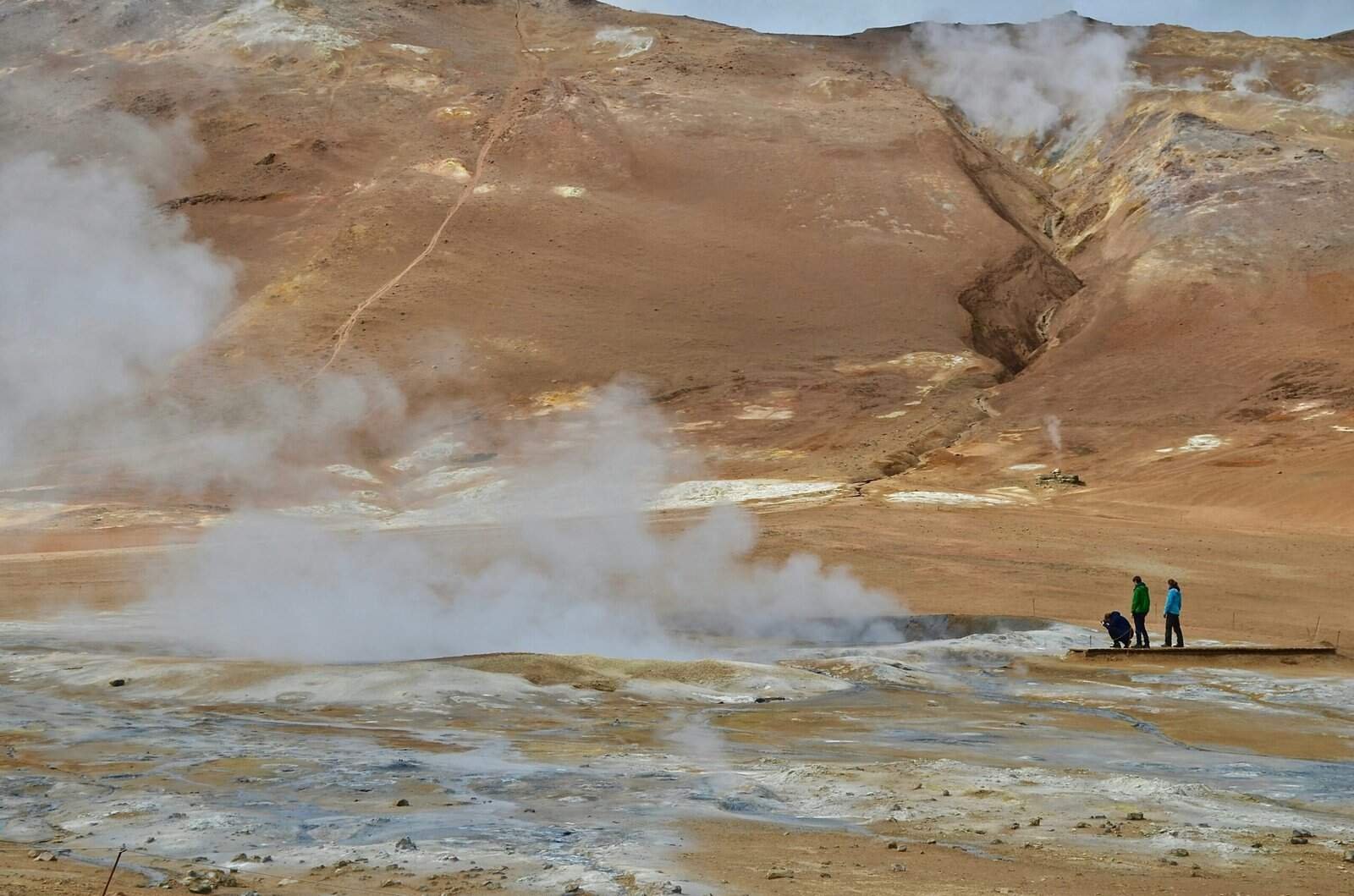
Efficiency and performance advantages
Geothermal wells offer high thermodynamic efficiency because the Earth provides a relatively constant temperature that systems can exploit year-round. You’ll get very efficient heating, cooling, and hot water with properly sized systems.
High coefficient of performance (COP) is one reason geothermal heat pumps outperform many other HVAC options, especially in climates with wide outdoor temperature swings.
High coefficient of performance (COP)
Geothermal heat pumps often achieve COPs of 3–5 for heating, meaning you get 3–5 units of heat for every unit of electricity consumed. That performance is higher than most air-source heat pumps during extreme outdoor conditions because ground temperatures are more stable than air temperatures.
Consistent, year-round performance
Because the subsurface temperature varies little through the seasons, you’ll enjoy steady efficiency whether it’s summer or winter. That consistency makes geothermal especially attractive for climates with harsh winters or hot summers.
Versatility: heating, cooling, and hot water
You can use many geothermal systems for both heating and cooling through the same ground-loop infrastructure. Some systems also provide domestic hot water, or you can add an auxiliary heat exchanger for combined service.
Reliability and resilience
Geothermal wells and systems can provide highly reliable energy service with long mean time between failures and predictable maintenance needs. That stability can improve the resilience of your property’s energy supply.
When paired with on-site generation at the right scale, geothermal power can also contribute to local energy security and grid reliability.
Baseload energy for power systems
For electricity generation, geothermal is a true baseload source — it can run continuously independent of weather — so you’ll get firm power that complements variable renewables like wind and solar.
Low operational complexity
For ground-source heat pumps, most of the critical components are below ground or inside mechanical rooms, protected from weather. You’ll generally face fewer weather-related outages compared with rooftop or outdoor equipment.
Long downtimes are rare
With proper design and maintenance, geothermal systems are robust and have long service intervals. You’ll likely experience fewer emergency repairs compared with older combustion-based heating systems.
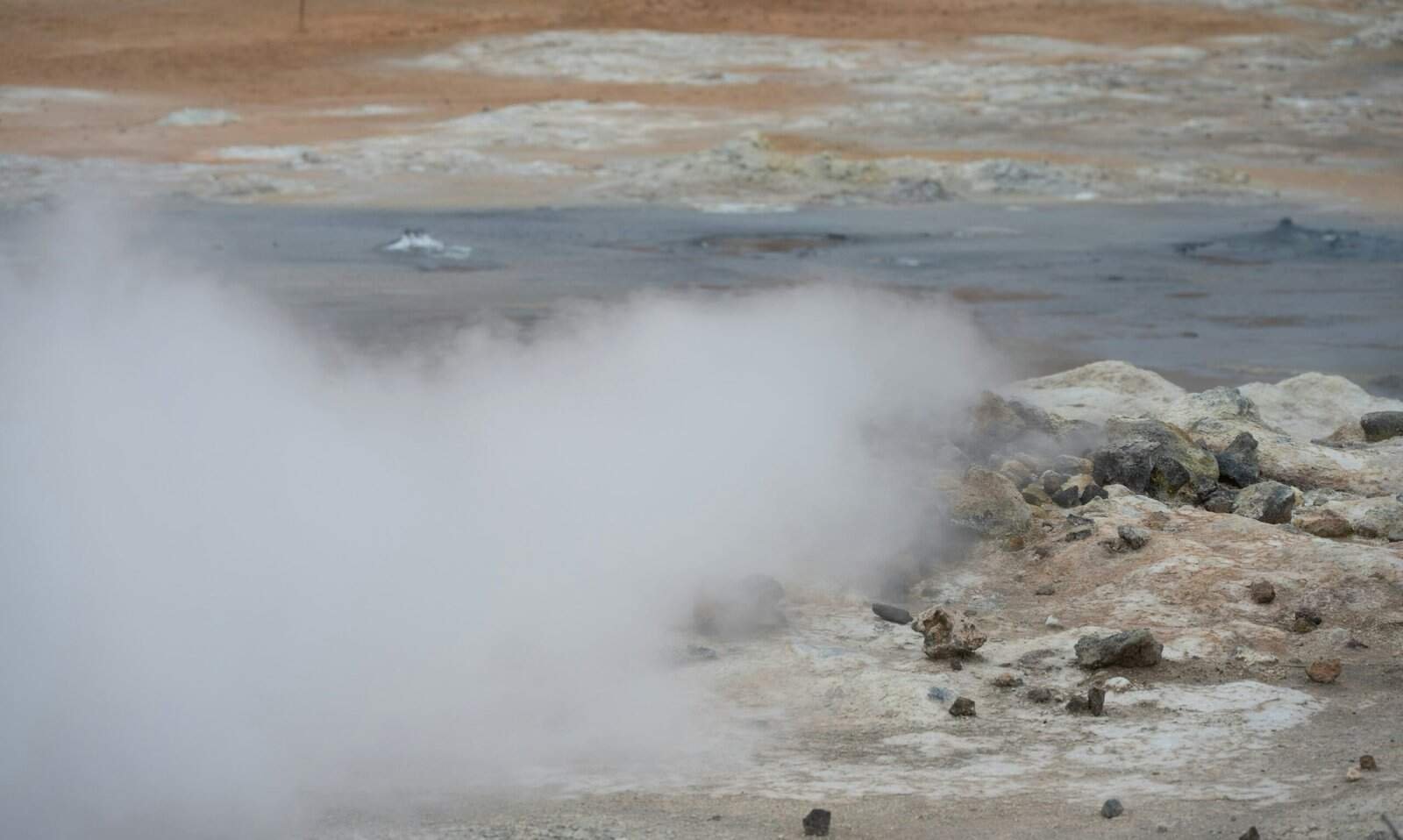
Land use and footprint advantages
Geothermal installations typically use less surface area per unit of continuous energy output than many alternative energy sources. You’ll find that much of the infrastructure is below ground, leaving surface space available for other uses.
For district heating and power plants, the physical footprint at surface level is relatively modest, and facilities can be located near demand centers, minimizing transmission losses.
Small surface footprint for energy production
Because the productive part of the system is underground, you can use surface land for agriculture, parking, or buildings while the energy asset operates beneath. That feature is valuable in urbanized areas.
Compatibility with other land uses
You can often install geothermal ground loops under parking lots, sports fields, or landscaped areas, making it easier to integrate energy infrastructure into existing developments without losing surface utility.
Scalability and flexibility
You can apply geothermal technology to a single home, a municipal district heating system, industrial processes, or utility-scale electricity production. That scalability makes geothermal applicable across many sectors.
You can also mix and match technologies — for example, combining geothermal heat with solar PV — to create hybrid systems that improve overall energy resilience and efficiency.
From single buildings to districts
Small residential systems use shallow loops, while district heating projects may use arrays of production wells with heat distribution networks. You can scale your investment to match your heating, cooling, or power demands.
Flexible integration with other systems
You can combine geothermal wells with heat storage, combined heat and power (CHP), or renewable electricity to optimize performance seasonally and economically. That flexibility can help you tailor solutions to local needs.
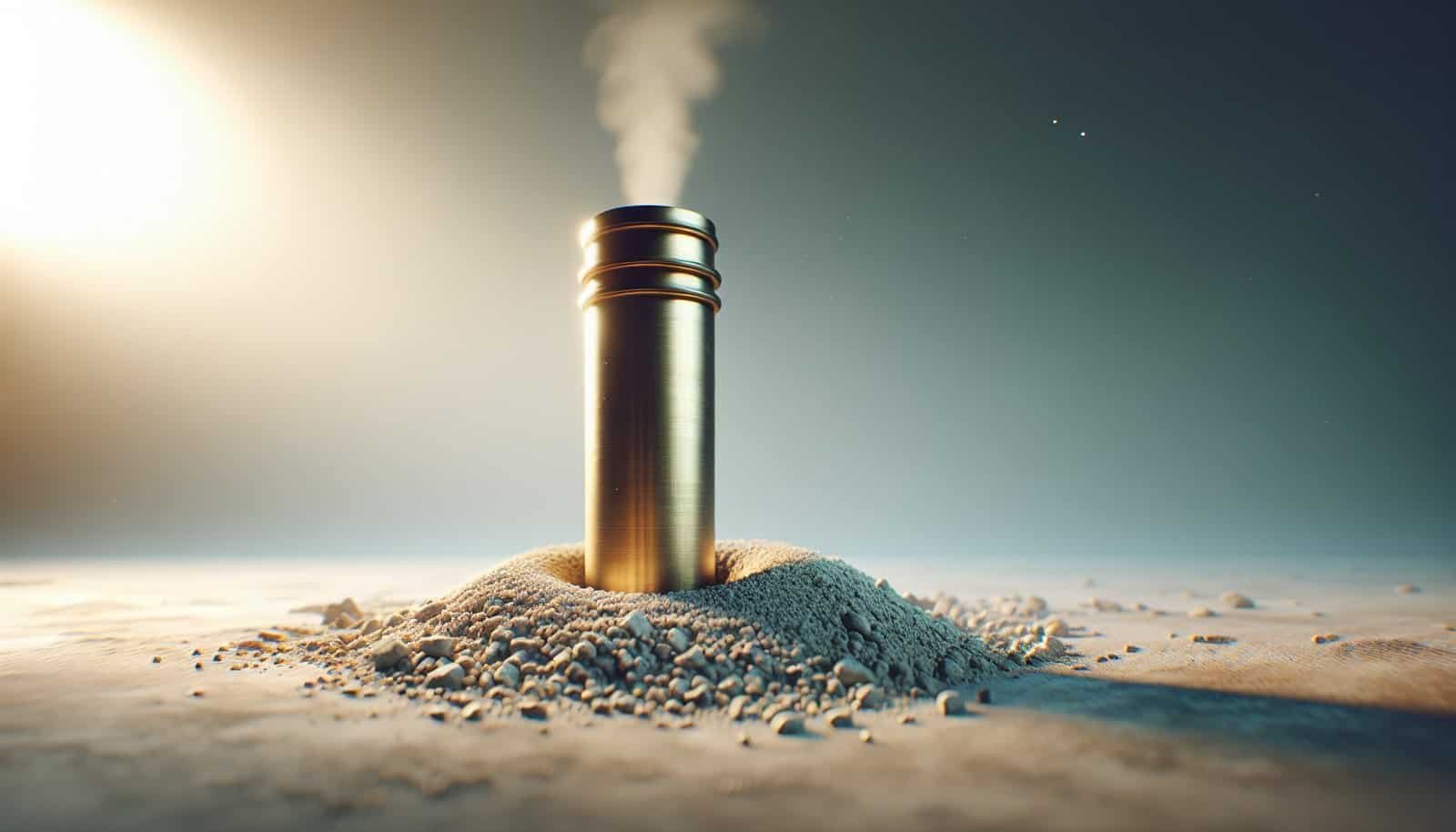
Social and community benefits
Geothermal projects can create long-term local jobs, support local economic development, and provide stable energy costs for communities. District geothermal systems are particularly strong options for urban renewal and municipal energy planning.
You’ll see benefits such as local employment during construction and ongoing operation, and communities can reduce exposure to imported fuels and external price shocks.
Job creation and local investment
Drilling, construction, design, and operation of geothermal projects generate local employment. You’ll often see skills development and long-term maintenance roles associated with larger installations.
Community health benefits
By reducing combustion-based heating and local air pollution, geothermal adoption can produce positive public health outcomes, particularly in areas where heating-related pollution is a concern.
Technical and operational advantages
Geothermal systems are technically mature and have been refined over decades. Modern drilling, heat-exchanger materials, and control systems make geothermal reliable and relatively straightforward to operate.
You’ll benefit from proven design practices and a growing pool of experienced contractors in many regions.
Mature technologies and skilled workforce
Ground-source heat pumps and hydrothermal power plants are established technologies with standardized components and best practices. You can often find experienced installers and designers to guide your project.
Low maintenance and few moving parts
Many geothermal components operate quietly and with few moving components, reducing routine maintenance needs and potential points of failure. That simplicity helps lower long-term operating costs and increases reliability.
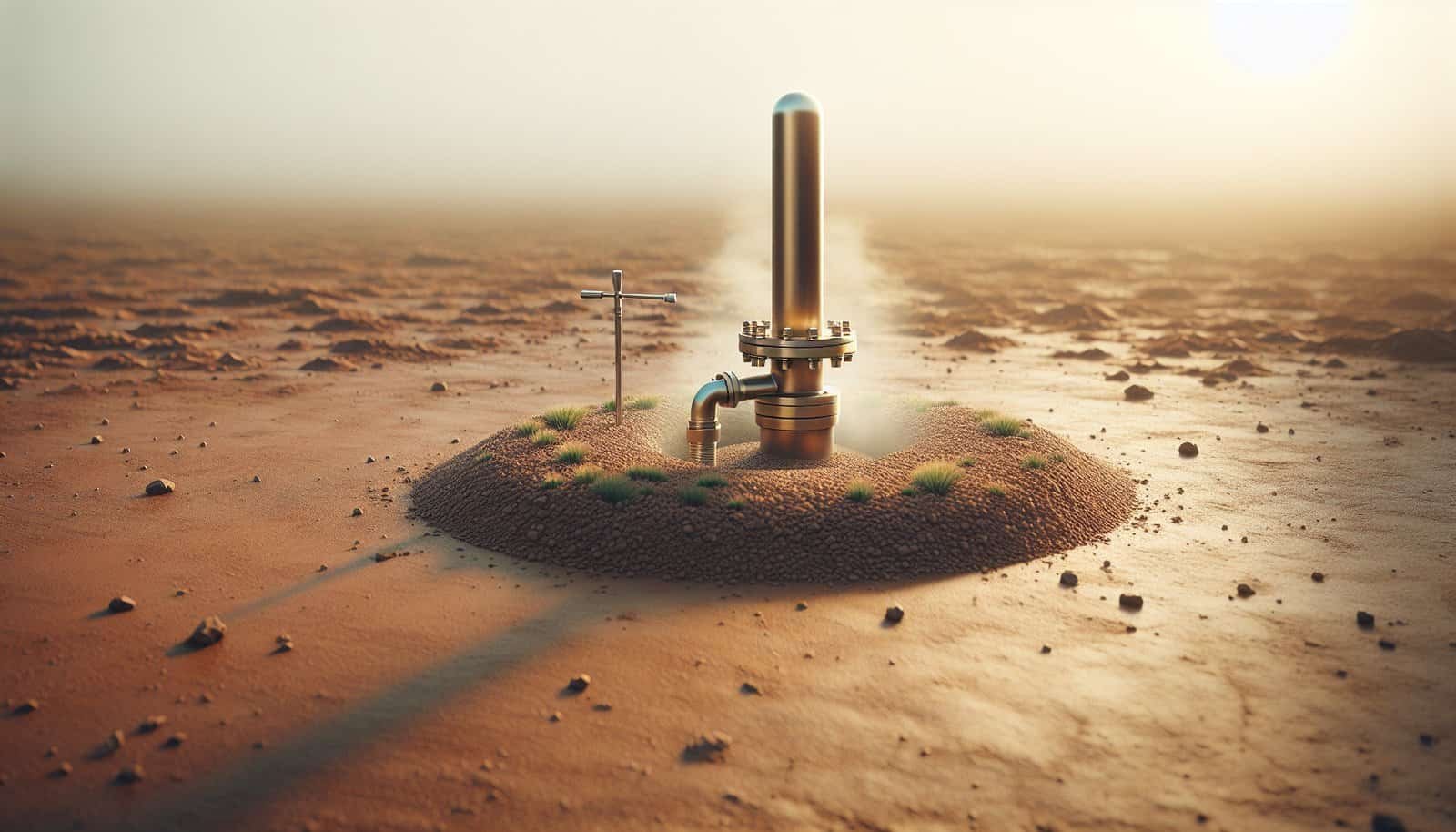
Limitations and considerations
While geothermal wells have many advantages, they aren’t a universal solution. You’ll need to assess site-specific geology, upfront costs, regulatory requirements, and potential environmental impacts.
Being informed about these considerations helps you plan effectively and address challenges before they become costly.
Upfront capital cost
Geothermal installations — especially deep wells for power or extensive ground loops — require higher initial investment compared with conventional HVAC or some renewables. You’ll need to weigh long-term savings against upfront expense.
Site-specific geology and resource risk
The availability and quality of geothermal resources vary by location. For power generation, you’ll need suitable temperatures and permeability; for ground-source heat pumps, soil type and groundwater conditions affect design. A thorough site assessment is necessary.
Potential for induced seismicity and water chemistry issues
For certain deep projects, especially EGS, fracturing and injection activities can increase seismic risk, which you’ll need to manage with monitoring and mitigation. Additionally, high-temperature fluids can cause scaling and corrosion, requiring proper material selection and water treatment.
Permit and regulatory hurdles
Permitting processes can be complex for full-scale geothermal projects, with environmental assessments and community engagement often required. You’ll want to understand local regulations early in planning.
How to decide if geothermal is right for you
Choosing geothermal requires a careful evaluation of site conditions, energy needs, budget, and goals. Use this checklist to guide your initial assessment and next steps.
- Do you have consistent heating or cooling loads over many years?
- Is suitable land or access to subsurface resources available at your site?
- Are local incentives, financing, or grants available to reduce upfront cost?
- Have you consulted with experienced geothermal designers or drillers?
- Is your electricity supply low-carbon, or can you pair geothermal with renewables for greater emissions reductions?
By answering these questions, you’ll better understand whether geothermal will be cost-effective and technically feasible for your project.
Example economic comparison (hypothetical)
To illustrate how a geothermal heat pump might stack up financially versus a conventional system, consider a hypothetical home scenario. These numbers are illustrative; actual costs and savings depend on local factors.
Assumptions:
- 2,000 ft² home with moderate heating/cooling loads
- Geothermal heat pump installed cost: $25,000 (including drilling and equipment)
- Conventional gas furnace + AC installed cost: $10,000
- Annual energy cost for conventional system: $2,500
- Annual energy cost for geothermal system: $1,200
- Incentives reduce geothermal upfront cost by $5,000
| Item | Geothermal heat pump | Conventional gas + AC |
|---|---|---|
| Initial installed cost (after incentive) | $20,000 | $10,000 |
| Annual energy cost | $1,200 | $2,500 |
| Annual savings | — | — |
| Simple payback (difference in initial cost divided by annual savings) | ($20,000 – $10,000) / ($2,500 – $1,200) = 10 / 1.3 ≈ 7.7 years | N/A |
In this simple example, your geothermal payback period would be under 10 years. Over a 25- to 50-year life, you’d expect substantial net savings. Exact numbers will vary with energy prices, incentives, and system design.
Maintenance and lifespan
You’ll typically face different maintenance needs depending on system type. Most ground loops require minimal attention, while mechanical equipment like pumps and compressors benefit from annual inspection.
Understanding lifecycle components helps you plan for maintenance budgets and replacements.
Typical component lifespans
- Ground loops: 50+ years
- Production wells (deep): 20–30+ years with refurbishment
- Heat pump units: 15–25 years
- Pumps, valves, controls: 5–20 years depending on usage and replacement cycles
Routine tasks include filter changes, fluid checks for closed-loop systems, inspection of pumps and electrical controls, and monitoring for scaling or leaks in production wells.
Policy, incentives, and financing
You should research federal, state, and local incentives that can significantly improve geothermal economics. Policies vary widely, and timely incentives can change the feasibility of a project.
You’ll find options such as tax credits, utility rebates, grants, and favorable loan programs that can reduce upfront obligations.
Common incentive types
- Tax credits (federal or state) for residential and commercial geothermal installations
- Utility rebates for efficient HVAC or ground-loop installations
- Grants for community-scale district heating or rural energy projects
- Low-interest loans and green bonds for infrastructure-scale investments
Contact local energy agencies, utilities, or a qualified geothermal contractor to identify programs that apply to your project.
Future developments and innovations
Technological and market advances are expanding geothermal’s reach and lowering costs. You’ll likely see continued growth in enhanced geothermal systems, improved drilling techniques, and hybrid systems that combine geothermal with other renewables.
These innovations could make geothermal viable in areas that were previously unsuitable and reduce the time and expense required for installation.
Key trends to watch
- Improved drilling technology and lower drilling costs
- EGS advances that unlock resources in low-permeability rock
- Better materials and coatings to reduce scaling and corrosion
- Smart controls and thermal storage integration for demand management
- Expansion of district heating networks using geothermal sources
Frequently asked questions
Q: Will a geothermal well work in a cold climate? A: Yes. Because ground temperatures below a certain depth remain relatively stable year-round, geothermal systems perform well in cold climates and maintain higher efficiency than many air-source systems in extreme cold.
Q: How noisy is a geothermal system? A: Ground-source heat pumps are typically quiet because compressors and mechanical equipment are installed indoors or in sound-insulated enclosures. Outdoor noise is minimal for well-designed systems.
Q: Can geothermal wells be installed in urban areas? A: Many geothermal systems are compatible with urban settings. Closed-loop systems can be installed vertically to minimize surface disturbance, and district systems can serve multiple buildings in dense areas.
Q: What maintenance will you need to plan for? A: Routine maintenance includes periodic checks of pumps, filters, and controls, and occasional checks of loop fluid. Production wells may need monitoring for scaling and flow rates.
Q: Is geothermal renewable? A: Geothermal is considered a renewable resource when heat extraction is managed sustainably and the resource is replenished naturally or through managed reinjection. Responsible practices preserve resource longevity.
Q: Are there risks of groundwater contamination? A: Proper well design, casing, and sealing prevent contamination of aquifers. Licensed professionals follow strict standards to protect groundwater during drilling and operation.
Conclusion
If you’re looking for a reliable, efficient, and low-emission solution for heating, cooling, or electricity, geothermal wells offer many compelling advantages. You’ll benefit from high efficiency, reduced operating costs, lower emissions, long equipment lifespans, and flexibility in application from single homes to district and utility scales.
To move forward, arrange a site assessment with a qualified geothermal professional, explore available incentives, and compare system designs that match your needs and budget. With careful planning, geothermal wells can provide you with decades of stable, efficient energy service.
